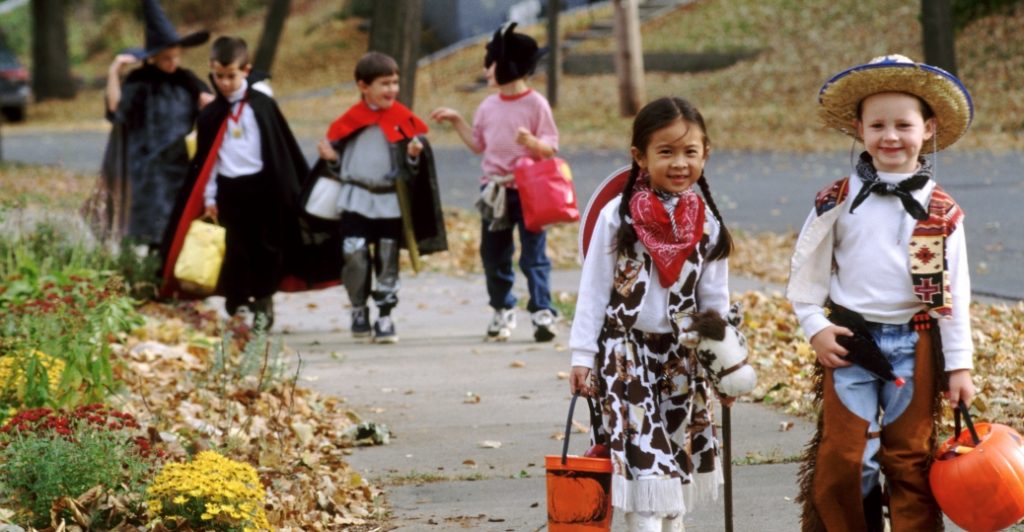Halloween is usually full of fun and adventure -- and candy -- making it a favorite holiday for many. Cloee Cooper, a research analyst in Boston, remembers it that way. "You get to dress up as someone else, walk all over town, attend haunted house parties and celebrations at school," she said. But Cooper says that when she was growing up in Mount Shasta, California, her parents had a few rules: "Don't go inside a person's house unless you know them. Don't take unwrapped candies, and I had to be back home by a certain time." Before you hit the sidewalks on Halloween, make sure that your family gets the most out of the day by playing it safe.
Eyes on the road
Pedestrian injuries to children are the most common injuries during Halloween. According to the US Centers for Disease Control and Prevention, on average, children are up to four times as likely to be hit by a car and killed on Halloween than on any other day of the year. According to the National Highway Traffic Safety Administration, 47 people in the US died between 6 p.m. October 31, 2016, and 5:59 a.m. the next day. Almost one-third of the Halloween crash fatalities were pedestrians, compared with 16% on an average day. And from 2012 to 2016, 22% of pedestrian fatalities on Halloween night involved a drunken driver. Wearing glow necklaces, bracelets and carrying flashlights is the best way to be seen and prevent these types of accidents.
- Slow down and be especially alert in residential neighborhoods. Children are excited on Halloween and may move in unpredictable ways.
- Take extra time to look for kids at intersections, on medians and on curbs.
- Enter and exit driveways and alleys slowly and carefully.
- Eliminate any distractions inside your car so you can concentrate on the road and your surroundings.
- Drive slowly, anticipate heavy pedestrian traffic and turn your headlights on earlier in the day to spot children from greater distances.
- Popular trick-or-treating hours are 5:30 p.m. to 9:30 p.m. so be especially alert for kids during those hours.
Walk Safely
- Cross the street at corners, using traffic signals and crosswalks.
- Look left, right and left again when crossing and keep looking as you cross.
- Put electronic devices down and keep heads up and walk, don’t run, across the street.
- Teach children to make eye contact with drivers before crossing in front of them.
- Always walk on sidewalks or paths. If there are no sidewalks, walk facing traffic as far to
the left as possible. Children should walk on direct routes with the fewest street crossings. - Watch for cars that are turning or backing up. Teach children to never dart out into the street or cross between parked cars.
- Trick or Treat With an Adult
Children under the age of 12 should not be alone at night without adult supervision. If kids are mature enough to be out without supervision, they should stick to familiar areas that are well lit and trick-or-treat in groups.
Keep Costumes Both Creative and Safe
- Decorate costumes and bags with reflective tape or stickers and, if possible, choose light colors.
- Choose face paint and makeup whenever possible instead of masks, which can obstruct a child’s vision.
- Have kids carry glow sticks or flashlights to help them see and be seen by drivers.
- When selecting a costume, make sure it is the right size to prevent trips and falls.

